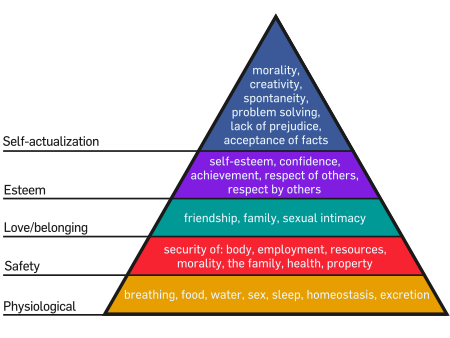I believe that any teacher that cares about what they do would always be questioning their role and what it means to be a teacher. Your perception of what your role is what drives your practice. Students are constantly changing so a teacher's role needs to be flexible in order to adapt appropriately. One of the most useful ways to question your role is to compare and contrast it with other roles, i.e,. a metaphor. Through such questioning you can develop a better understanding of what your role is and what it is not. Is a teacher's role similar to a mechanic fixing a car, a pilot trying to fly a plane, or a builder constructing a house?
In the video below, Ken Robinson uses the gardener metaphor for a teacher. It is one of many types of metaphors, all of which can raise important questions about what effective teaching is. I personally like the fire-starter metaphor as I believe it conjures up the ignition of a passion for scholarship, a love of learning. However, it is not an easy avenue to follow as it can spread in directions never anticipated and many others may think you are crazy to play with fire! It is fine as long you are not afraid to get burned once in a while and realise it is part of the process. You can add many materials to a fire. Some will burn bright, some will tame it and some may enrage it. Do you view yourself as a fire-starter or a firefighter trying to maintain many burning flames?









.jpg)









